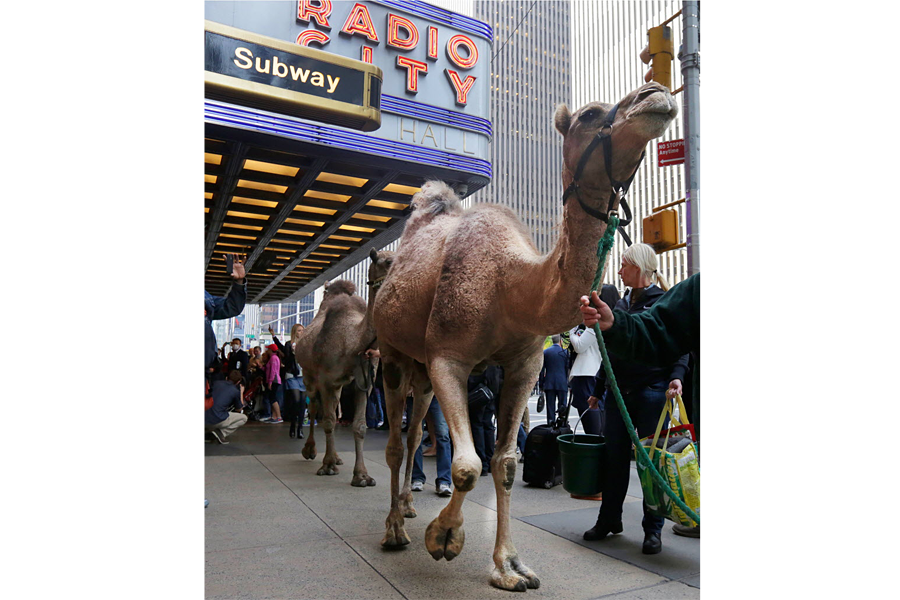History of human trade is written in camel genes
Loading...
Our influence on domesticated animals may be written in their genes, if the camel is a good measuring stick.
In fact, ancient trade routes may have shaped the current genetic diversity of one-humped camels, or dromedaries, according to a new study.
Despite the fact that camels have been an essential part of human societies in desert regions for thousands of years, little was known about their evolutionary history and genetic diversity. So a team of researchers dug into the DNA of 1,083 extant camels and compared it with ancient DNA samples from wild and early-domesticated camels for clues.
These camels were from disparate locations, including various regions of Africa, different regions of the Arabian Peninsula, southern Asia, and Australia, but they had remarkably similar genetics across different continents, according to a paper published Monday in the journal Proceedings of the National Academy of Sciences.
"They have moved with people, through trading," study co-author Olivier Hanotte, a professor of genetics and conservation at Nottingham University, told BBC News. "So by analysing dromedaries, we can find a signature of our own past."
Dr. Hanotte explains that a sort of genetic "shuffling" occurred along caravan routes over centuries.
"People would travel hundreds of miles with their camels carrying all their precious goods. And when they reached the Mediterranean, the animals would be exhausted," he said, "So they would leave those animals to recover and take new animals for their return journey."
Although the ancestors of the domesticated dromedaries likely originated in the southeast Arabian Peninsula, the study authors also find support for a "restocking from the wild" hypothesis.
In that scenario, camels would have first been domesticated in the southeast Arabian Peninsula and then continued interbreeding with now-extinct populations of wild dromedaries across the ancient trade routes. As a result, today's camels have a significant amount of genetic diversity.
This genetic diversity could be advantageous for the single-humped camels, as it could help them better adapt to a changing environment.
"Climate change, for example, is characterised by rising temperatures, more extreme weather patterns and more areas becoming less suitable for livestock," Hanotte said. "The dromedary will be our better option for livestock production – of meat and milk. It could replace cattle and even sheep and goats that are less well-adapted."






